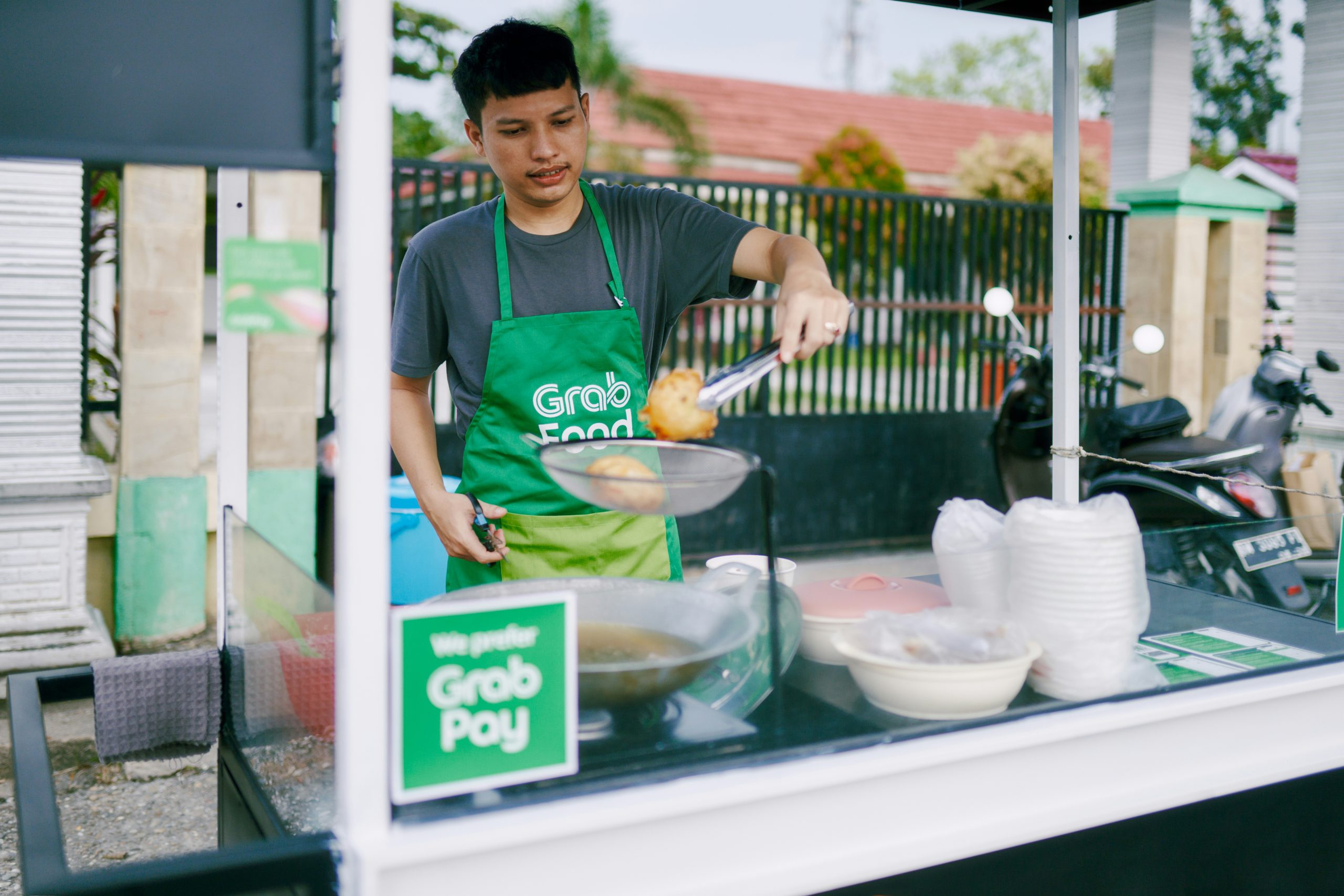Understanding the Revolution in Last-Mile Delivery Vehicles
The world of last-mile delivery vehicles is experiencing a massive revolution. Gone are the days of large, gas-guzzling trucks making multiple trips to deliver packages and parcels. In today’s fast-paced world, efficiency and sustainability are key, and companies are turning to innovative solutions for navigating through the complex web of urban deliveries. From electric bikes to autonomous robots, the last-mile delivery sector has never been more exciting. In this article, we will delve into the rise of last-mile delivery vehicles and explore the technologies driving this revolution.
The Rise of Last-Mile Delivery Vehicles
Last-mile delivery, or the movement of goods from a transportation hub to its final destination, has traditionally been the most challenging and expensive part of the supply chain. With the global growth of e-commerce, this has become even more apparent, with consumers demanding faster delivery times and a more personalized experience. As a result, there has been a surge in last-mile delivery vehicles that cater to the specific needs of this sector.
The Electric Solution
One of the most significant developments in the last-mile delivery sector is the adoption of electric vehicles. With concerns about climate change and the push for sustainable transportation, companies are looking for cleaner and more efficient alternatives to traditional gas-powered trucks. Electric delivery vehicles not only reduce carbon emissions but also save on fuel costs and maintenance expenses. Companies such as UPS, FedEx, and Amazon have already begun incorporating electric vans and trucks into their fleet, and the trend is only set to increase.
The Convenience of Bikes
Another innovative solution for last-mile delivery is the use of electric bikes. These vehicles are ideal for navigating congested urban areas, as they can easily move through traffic and make quick stops for deliveries. Many companies, such as Uber and DoorDash, have already started using electric bikes for their food and package delivery services. They are not only cost-effective but also provide a more environmentally friendly option for deliveries in busy cities.
The Rise of Autonomous Vehicles
The most significant disruption in the last-mile delivery sector is the rise of autonomous vehicles. These self-driving vehicles use a combination of sensors, cameras, and advanced technology to navigate through cities and deliver packages to consumers. They eliminate the need for human drivers, reducing labor costs, and increasing efficiency. Companies such as Amazon, Walmart, and FedEx have already begun developing and testing their autonomous delivery vehicles, and experts predict that they will become a standard mode of transportation in the future.
The Impact of Last-Mile Delivery Vehicles
The revolution in last-mile delivery vehicles is not only transforming the logistics sector but also has a significant impact on consumers and the environment. With faster and more efficient delivery options, consumers can enjoy their purchases quicker, leading to increased customer satisfaction. The use of electric and autonomous vehicles also reduces the carbon footprint of the transportation sector, contributing to a cleaner and more sustainable environment.
The Challenges Ahead
While the rise of last-mile delivery vehicles brings numerous benefits, it also comes with its own set of challenges. The adoption of new technology and changes in consumer behavior may result in job losses for traditional delivery drivers. Additionally, the integration of autonomous vehicles into the existing transportation system poses regulatory and safety concerns that need to be addressed.
The Future of Last-Mile Delivery Vehicles
The last-mile delivery sector is poised for continued growth and innovation in the coming years. As companies strive to meet the increasing demand for faster and more efficient delivery services, we can expect to see a surge in the development and implementation of new technologies. The use of drones, sidewalk robots, and even flying taxis are just a few of the potential advancements in last-mile delivery vehicles that could shape the future.
In conclusion, understanding the revolution in last-mile delivery vehicles is crucial for businesses to stay competitive and meet the evolving demands of consumers. With the rise of electric, bike, and autonomous vehicles, the last-mile delivery sector is changing for the better. While there are challenges to overcome, the benefits to consumers and the environment cannot be ignored. It is an exciting time to be a part of this revolution, and we can’t wait to see what the future holds for last-mile delivery vehicles.











